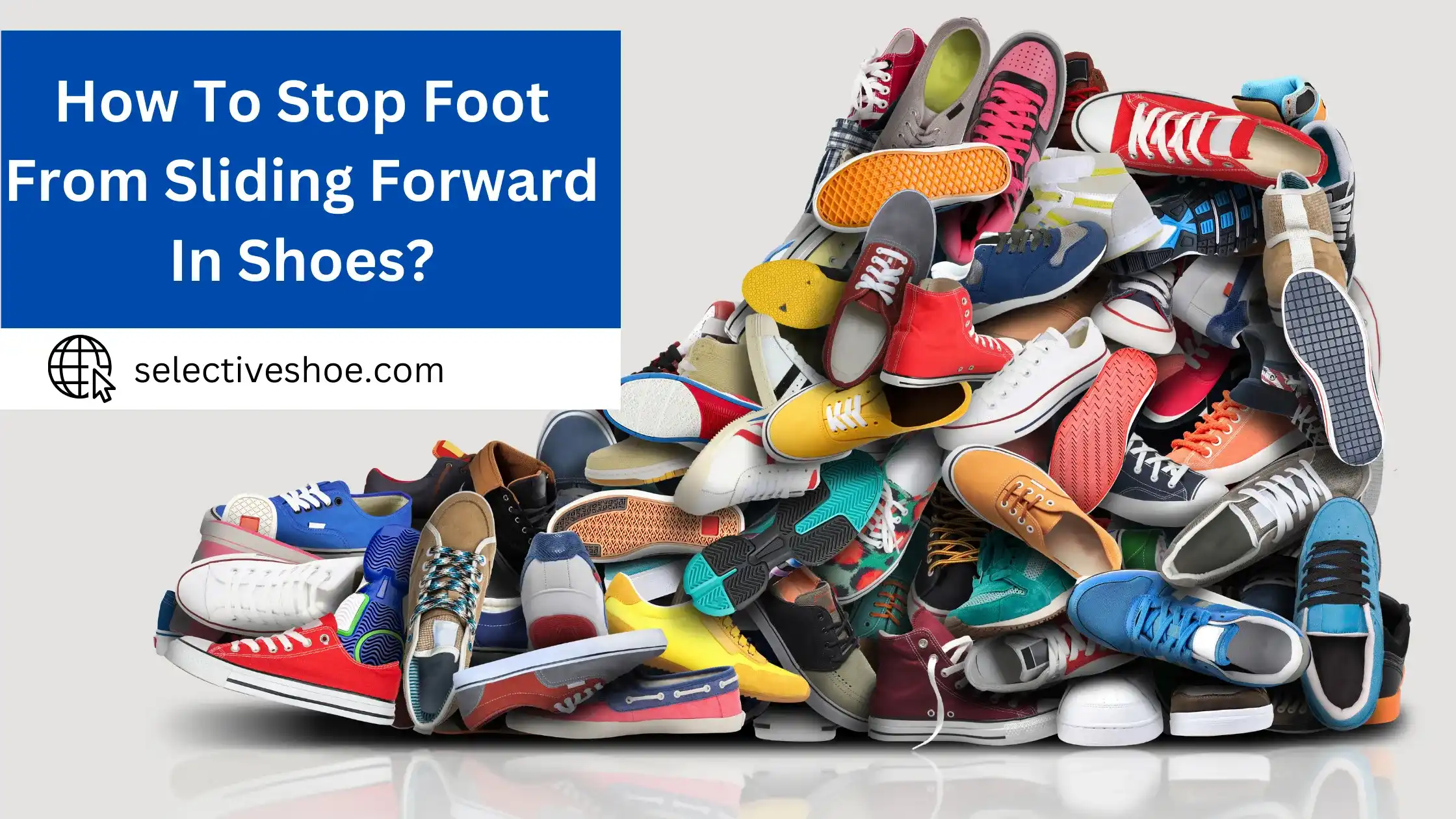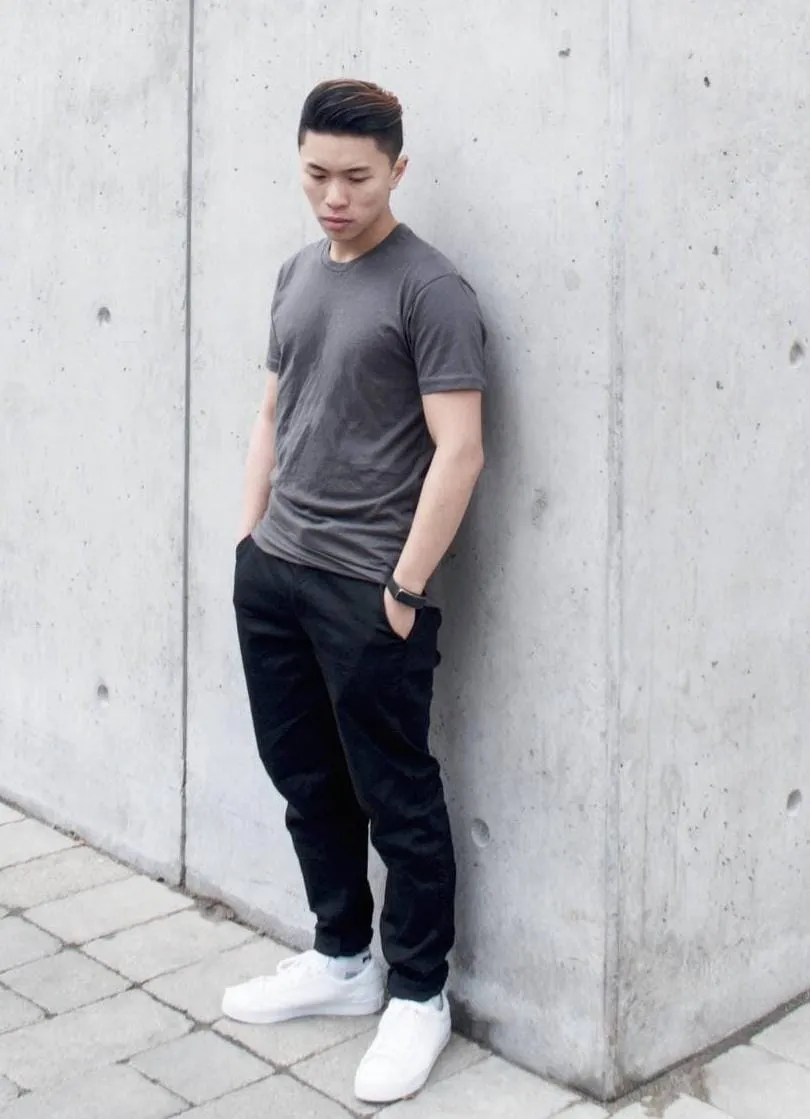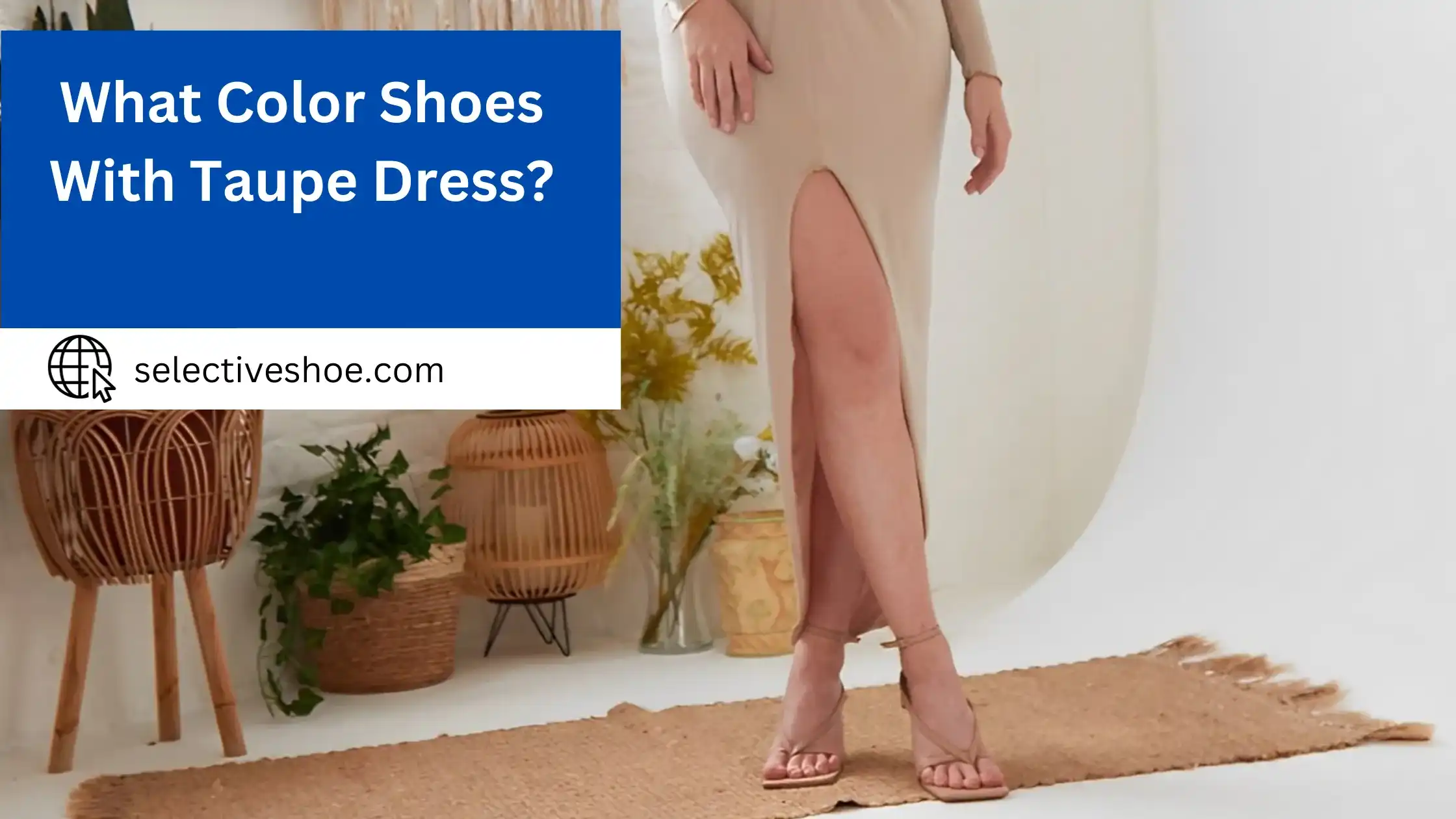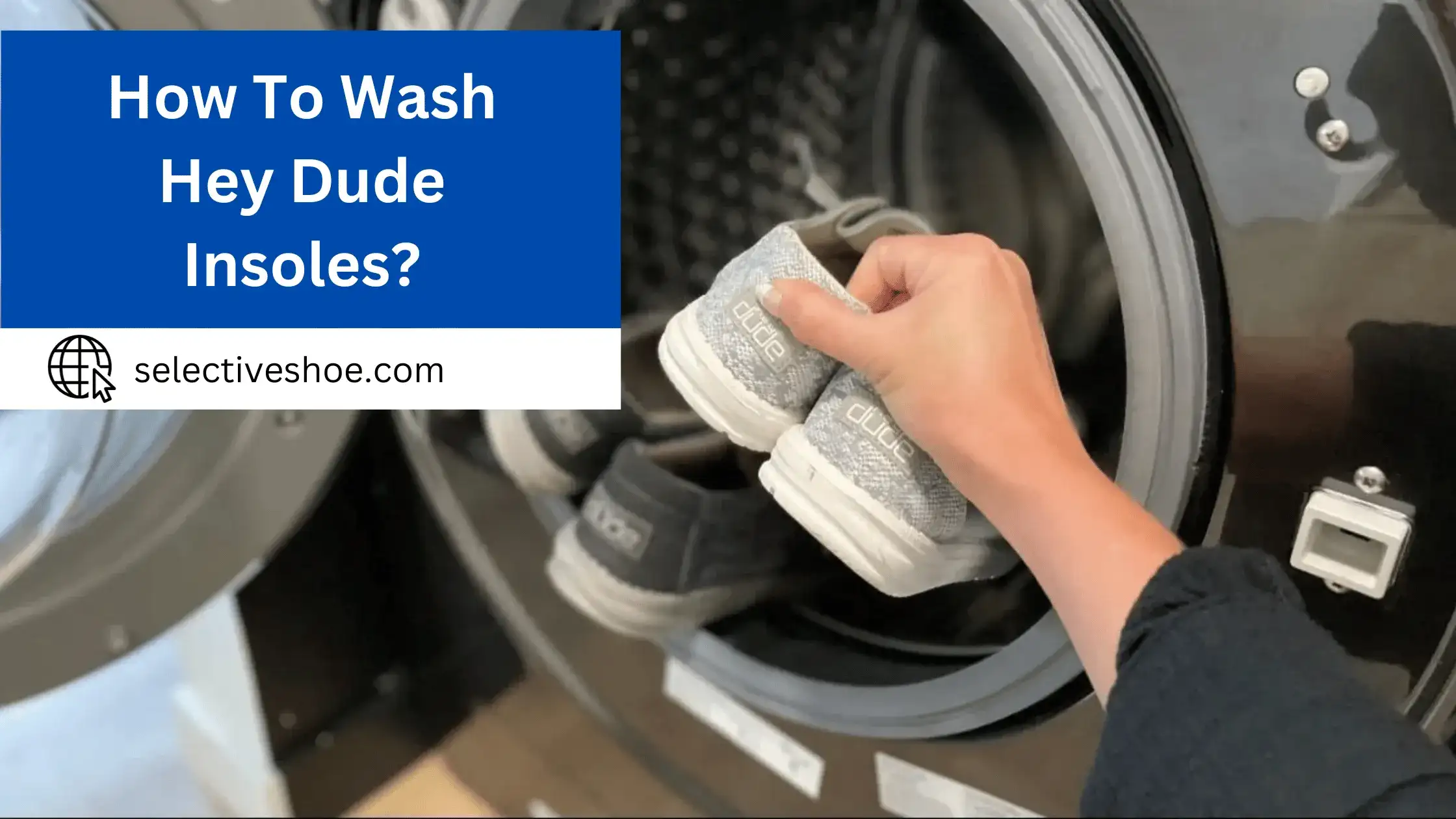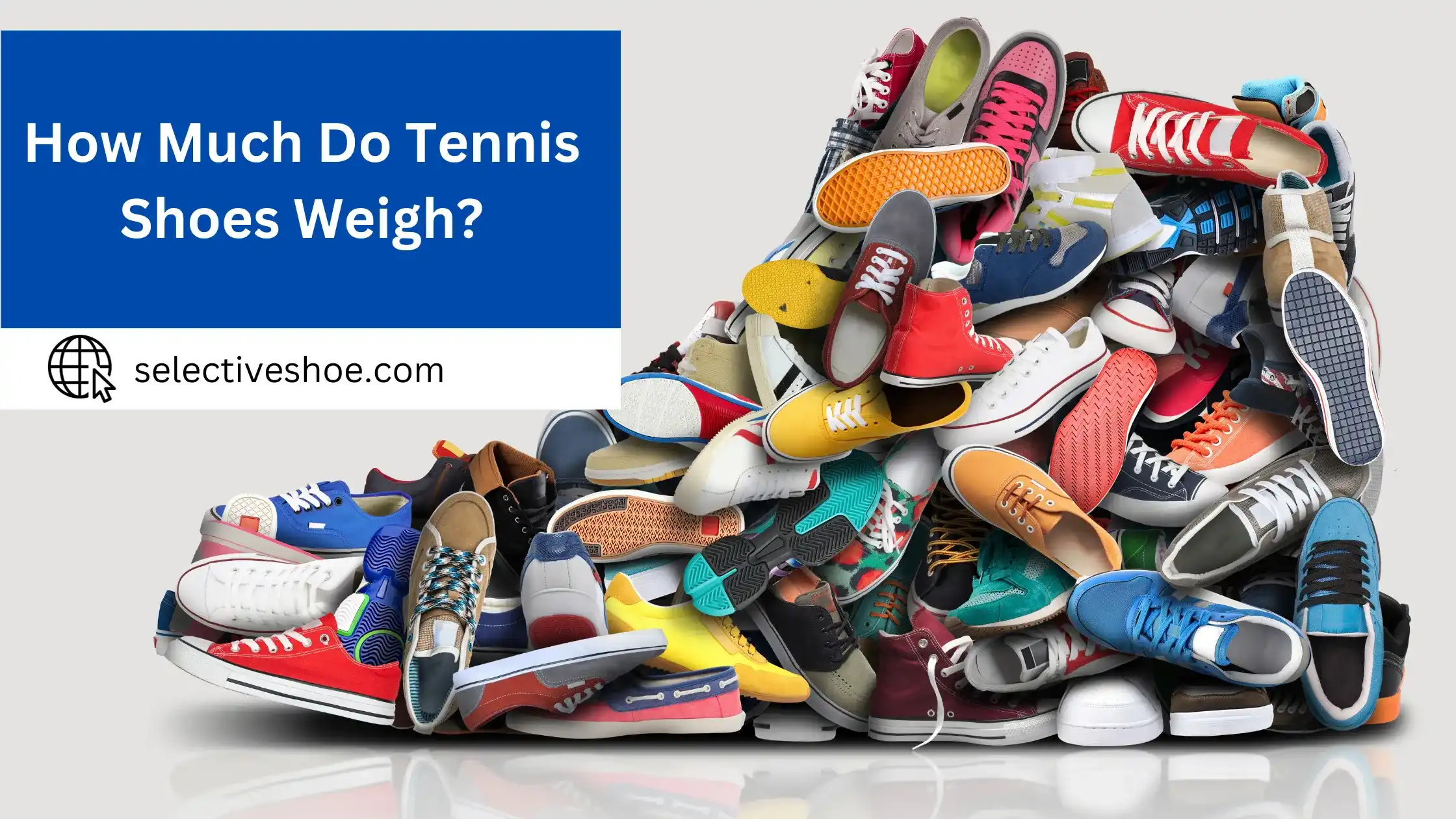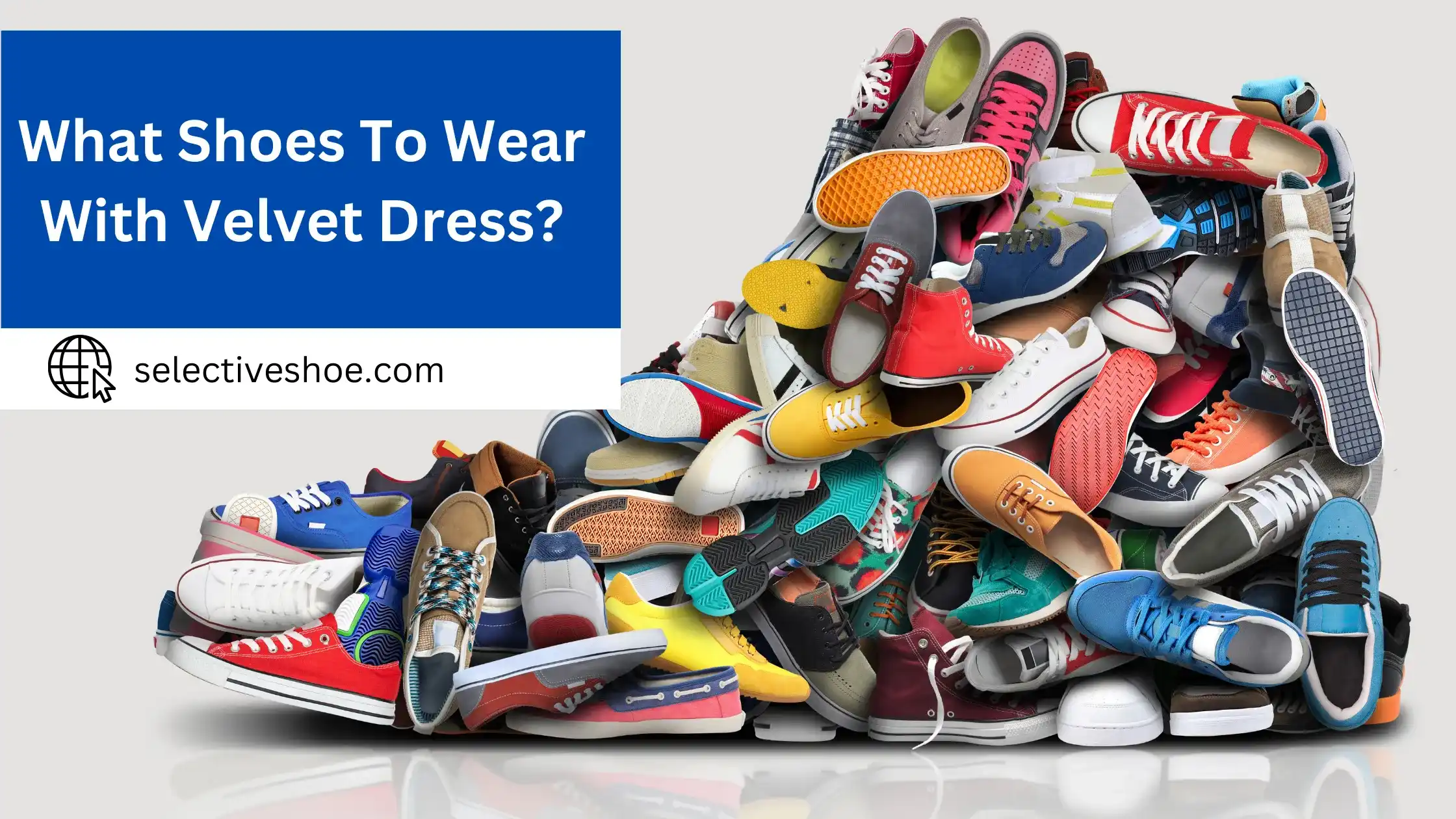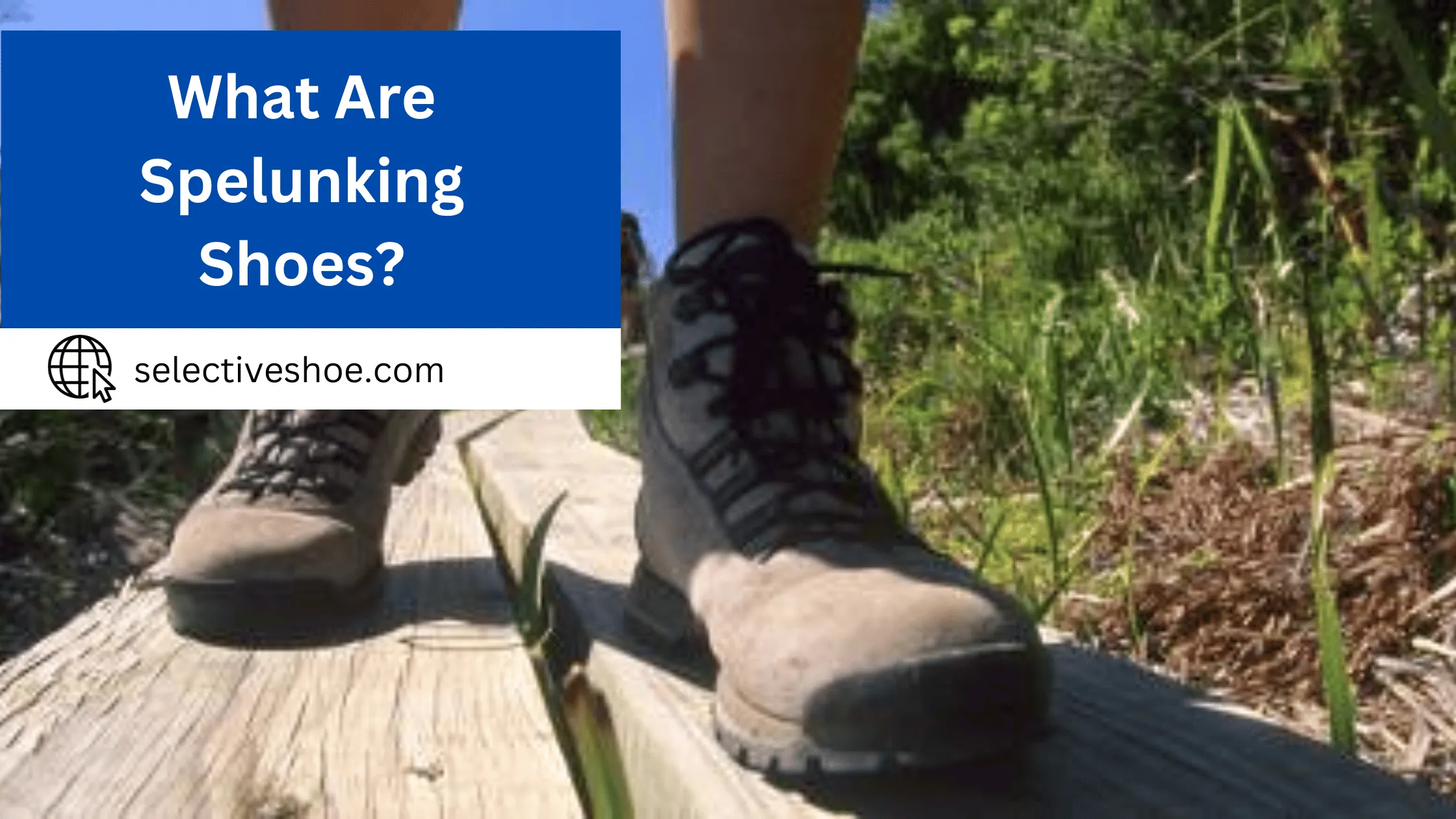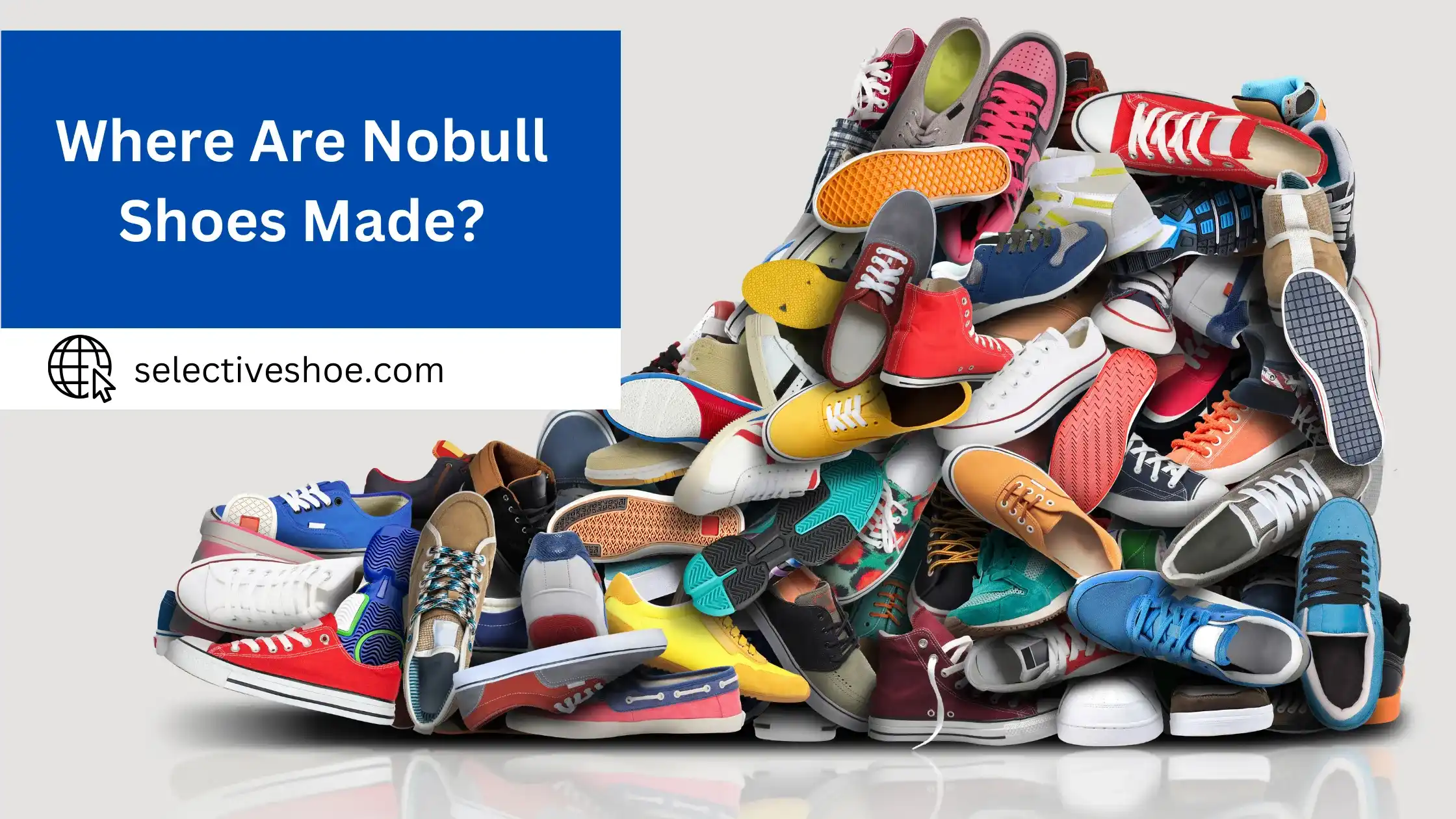Wearing shoes that don’t fit properly can be incredibly uncomfortable and annoying, especially when you’ve gone through the work of finding a pair in your size only to have it not quite work out. One common issue is having your foot slide forward in the shoe with every step you take, leaving you feeling cramped up and as if all of your hard work was for nothing. It’s enough to make anyone frustrated.
Luckily, there are some effective solutions available so that next time around, you won’t have to go through this problem again. Now, let’s delve deep into some easy ways to stop your foot from sliding forward in your shoes:
Use Insoles or Inserts:
Quick Fix: Grab some shoe insoles from your local pharmacy or shoe store. These can not only provide added comfort but also fill up the extra space in your shoes that allows your foot to slide. Make sure to choose ones that have a good grip on the surface.
Expert Tip: Look for insoles made from materials like memory foam or gel that contour to the shape of your foot for extra grip and comfort.
Apply Double-Sided Tape:
Quick Fix: Apply some double-sided fashion tape to the insole of your shoe where your foot tends to slide. This creates a makeshift adhesive surface that helps to keep your foot in place.
Expert Tip: Make sure to test a small area of the shoe first to make sure the tape doesn’t leave any residue or damage to the material.
Opt for Anti-Slip Pads:
Quick Fix: Anti-slip pads are an easy solution, too. These pads are made of rubber or silicone and can be placed at the front of the shoe where your foot tends to slide. They work by creating a more textured surface for your foot, offering extra grip. They come in different shapes and sizes, so make sure to pick one that fits your specific type of shoe.
Expert Tip: These pads often come in different shapes and sizes, so make sure to choose the one that fits your shoe type.
Hairspray:
Quick Fix: Using hairspray can be a clever trick if you’re in a pinch. A light spritz on the bottom of your feet can create a slightly tacky surface that helps prevent sliding. This method tends to be more temporary and may need reapplication after a few hours, but it’s quick and convenient.
Expert Tip: This method works best when you’ll be wearing the shoes for a short period, as the hairspray can wear off.
Apply Talcum Powder:
Quick Fix: Talcum powder can act as a moisture absorber, preventing sweat from making your feet slide in your shoes. Before you wear your shoes, dust your feet with a layer of talcum powder. It’s a simple and cost-effective method to keep your foot from sliding forward, especially during warmer weather or periods of high activity.
Expert Tip: Ensure to apply it between your toes as well. The powder will absorb any unnecessary moisture and provide a layer of friction, helping your foot to stay in place.
Foot Petals or Toe Inserts:
Quick Fix: Foot petals or toe inserts are particularly useful for open-toe shoes or high heels. These small, usually silicone-based inserts can be placed right where your toes sit, adding some extra grip and filling in any extra space. They’re available at many shoe stores and are easy to insert and remove.
Expert Tip: These are particularly useful for high heels or peep-toe shoes where traditional insoles may not work.
Use of Socks:
Quick Fix: The use of socks can play a significant role in preventing your feet from sliding forward in your shoes. Socks provide a layer of protection between your skin and the shoe, reducing friction and the chance of blisters.
Expert Tip: Opt for socks with a high cotton content for their breathability and moisture-wicking properties.
By incorporating one or more of these tips into your routine, you can significantly reduce or even eliminate the frustrating issue of your feet sliding forward in your shoes.
Different Types of Shoes and Their Impact on Foot Sliding:
Foot sliding can be a critical concern as it affects not just comfort but also stability and risk of injury. Below are some common types of shoes and how they might impact foot sliding:
Running Shoes:
Typically, good running shoes offer a snug fit and ample support to prevent foot sliding. However, improper sizing or lacing can result in your foot sliding forward, particularly during downhill runs, which can cause discomfort or even injuries like toenail loss.
High Heels:
High heels often force the feet into an unnatural position, and sliding is a common issue. This can result in discomfort and conditions such as metatarsalgia (pain in the ball of the foot) or calluses.
Sandals and Flip Flops:
These generally offer little to no support to prevent foot sliding, which can lead to problems like arch pain, especially in people with flat feet or high arches.
Athletic Cleats:
These are designed for maximum grip on turf or soil, reducing foot sliding within the shoe. However, if ill-fitted, sliding can still occur, which can be problematic when quick changes in direction are required.
Boat Shoes:
These are designed for grip on wet surfaces but might not offer sufficient support to prevent your foot from sliding within the shoe, which can lead to friction and discomfort.
How Does Foot Shape and Size Impact Shoe Fit and Sliding?
Foot shape and size have a significant impact on how well a shoe fits, as well as on the likelihood of your foot sliding within the shoe. Here’s how different aspects of your foot’s anatomy can affect shoe fit and foot sliding:
Foot Length and Shoe Size:
An incorrect shoe length can result in the foot sliding forward or backward within the shoe. This not only leads to discomfort but can also contribute to conditions like calluses or blisters.
Foot Width:
Shoes that are too narrow for a wide foot can push the foot forward, causing it to slide. Conversely, a shoe that is too wide for a narrow foot may result in sideways sliding due to insufficient lateral support.
Arch Type:
Individuals with high arches may find that their feet slide in shoes without adequate arch support, particularly in flat shoes. In contrast, a low arch can result in instability and sliding when wearing shoes designed for a high-arched foot.
Foot Volume:
Some people have low-volume feet (more slender) and may experience more foot sliding in shoes designed for standard or high-volume feet. Those with high-volume feet may feel cramped in low-volume shoes, causing the foot to slide forward.
Toe Shape:
A narrow toe box can cause the toes to be pushed together, making the foot slide backward. A too-wide toe box can encourage forward sliding, especially if the shoe size is larger than needed.
Foot Asymmetry:
Many people have one foot that’s slightly larger than the other. When shoes are sized for the smaller foot, the larger one is more prone to slide; conversely, when sized for the larger foot, the smaller one may slide.
Regular Maintenance - Keeping Your Shoes in Top Condition to Prevent Sliding:
- Regular Cleaning is essential. Keep both the exterior and interior of the shoes clean to maintain grip and prevent sliding. Use specialized cleaners for different materials like leather or suede.
- Old or flattened insoles can contribute to sliding. Replace them with high-quality insoles that offer better grip and cushioning.
- Examine the soles of your shoes for worn-out treads. Consider resoling shoes that have lost their grip.
- Always air out your shoes after wearing them to prevent moisture buildup, which can make the insides slippery.
- Ensure all straps and laces are secure before wearing the shoes. Replace any that are worn out or have lost elasticity.
- Periodically check the inside lining of your shoes for wear and tear. A smooth, worn lining can contribute to your foot sliding.
- Keep an eye on the overall condition of the material (e.g., leather stretching or fabric tearing), as changes can affect the shoe’s grip and fit.
- Make it a habit to inspect your shoes for any signs of wear that could lead to reduced grip or increased sliding.
- Avoid wearing the same pair every day to give them time to regain their shape and to reduce long-term wear that could lead to sliding issues.
By regularly maintaining your shoes and paying attention to these key points, you can prolong their life and reduce the chances of your feet sliding while wearing them.
Conclusion:
To conclude, your feet sliding forward in shoes can be quite a nuisance and can cause serious discomfort. Knowing the causes and how to stop them from sliding forward is important so you avoid ending up in a sticky situation. Whatever your preference may be, being mindful of these tips can help you reduce friction and stay comfortable in shoes that won’t let you down.
